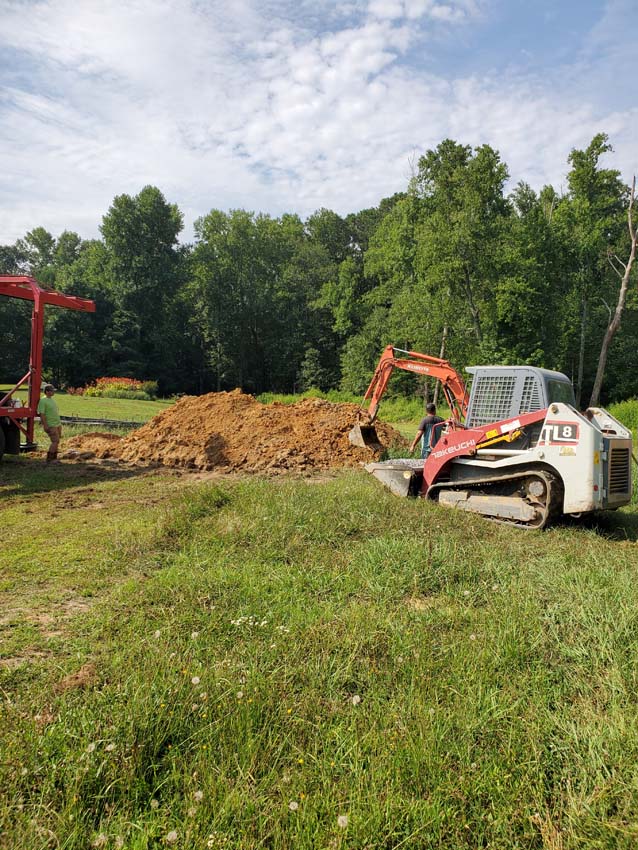Leach fields are an integral part of many septic systems. They provide a way for wastewater to be safely disposed of, without contaminating other areas or causing environmental damage. Unfortunately, over time they can become damaged due to wear and tear, resulting in costly repairs and restoration work. Luckily, there are ways to restore a leach field and make it as good as new.
The first step in restoring a leach field is an inspection by a qualified professional who can determine the extent of the damage and create a plan for repair. This may include replacing pipes, backfilling soil, or other necessary steps. Once the plan has been finalized, the actual process of restoring the leach field can begin.
It is important to ensure that all affected parts are replaced with quality materials so that they last longer than before. The entire area should also be cleaned thoroughly before any new material is added in order to minimize potential contamination from contaminants present in the old material. After this is done, new soil should be brought in and compacted down until it reaches an appropriate level for proper drainage.
Finally, vegetation should be planted around the area to help prevent further erosion and maintain healthy growth patterns when possible. This helps keep water levels balanced and prevents future problems with runoff into nearby areas or waterways. With proper maintenance and periodic inspections, a restored leach field can continue providing safe disposal of wastewater for years to come.
